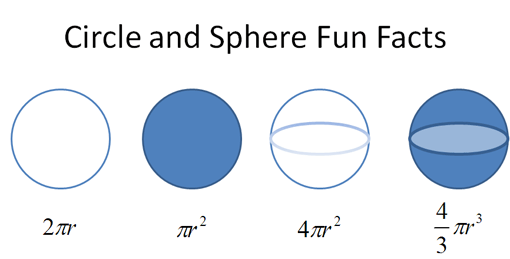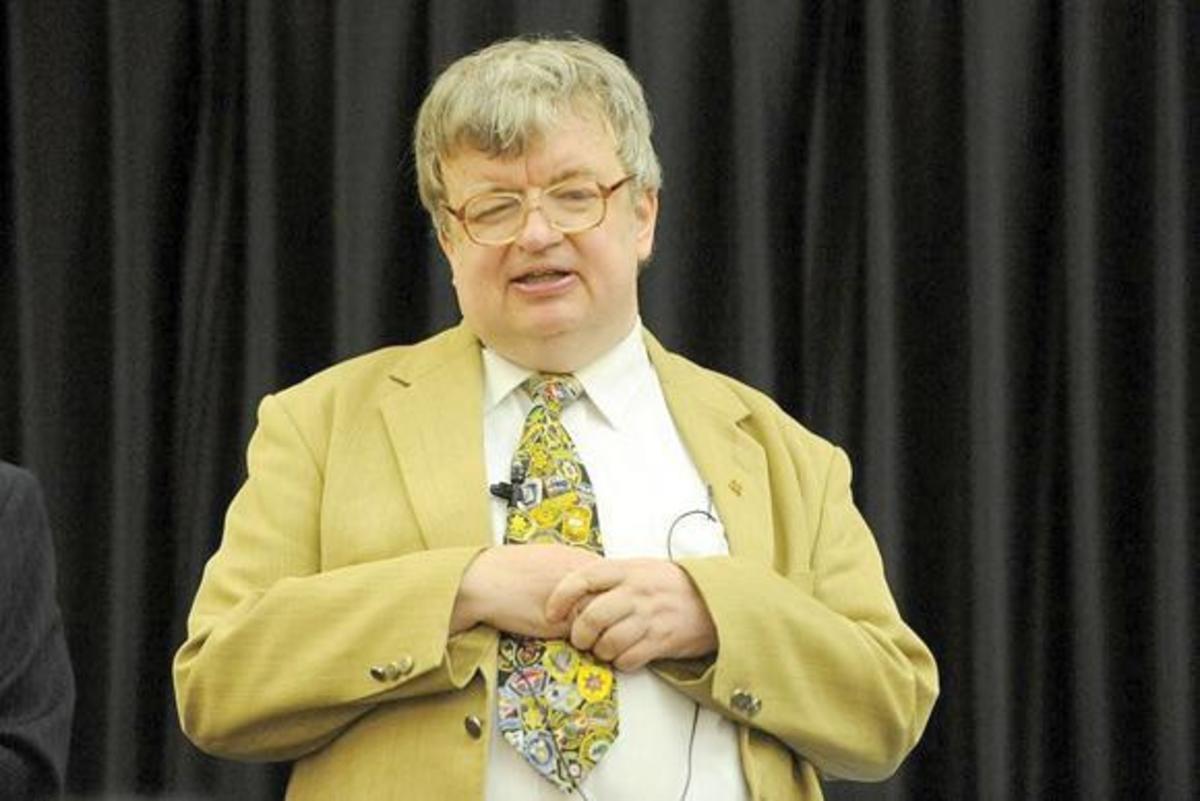Associating is Key to Learning

Your mind is not a computer, its more like a system of roads. You can use this system of roads to learn faster and easier. You have to connect new information and ideas with old ones to learn. By learning how to connect new knowledge, with more of your old knowledge; you will learn faster, easier, and remember it longer. Instead of memorizing answers, you should develop ways to figure out answers. Smart people don't memorize much of anything, they establish a patterns. The more you do this the easier it gets, and it doesn't apply to just one area. There are 5 stages to learning, and associating is the key to mastering all of them. Associative techniques can be applied to anything you want to learn or remember.
Visualizing How the Brain Works
The comparison between your brain and a computer is ridiculous. Computers work on a binary system. 0 represents no signal and 1 means a signal. A byte is a series of 6 of these 1's and 0's. A gigabyte is 10 million and makes a computer extremely capable of calculating complex algorithms, but almost useless in complex judgement tasks. Your brain has roughly 1 trillion connections with 9 neurotransmitters that each connection in your brain is capable of sending. That is 1,000,000,000,000 connections since there are 9 signals each of these is capable of sending then you need to put this to the ninth power. This is 1 trillion x 1 trillion x 1 trillion x 1 trillion x 1 trillion x 1 trillion x 1 trillion x 1 trillion x 1 trillion this equals 1 x 10 to the 108th or 1-with-108 0's after it. If you divide that by 6 you get 16.216-with-107 0's, the byte equivalent of your brain. If you follow the computer comparison a byte could be compared to a possible thought. This does not include your brains hormone baths that change the interpretation of these signals or the fact that your brain isn't limited to a series of 6, it can be 1 or 10 billion or even more. Each of these variables increases the the possible patterns of thought by powers. A way to visualize this is to combine the total processing power of every computer in the world, this includes calculators, cell phones, home computers, business computers, government data storage sites, Internet servers, and every thing else that has a computer chip. If the total processing power of the whole world was a grain of sand, then every grain of sand on a very large sandy beach could combine to 1 human brain. This is just the difference of raw power; how they operate, and are organized is also completely different.
With all these possible patterns your brain must organize them. This is how your brain is more like a system of roads. It has it's super freeways were a lot of thoughts have a similar pattern, these turn to freeways, then highways, then arterial roads, main residential, residential, then down to the back alleys and culdesacs. All these roads are constructed like a web with any one point connected to many others. They are organized by how you associate each to the next. The things that you are familiar with and generate emotional responses to; are the super freeways. The long forgotten errant thought is a back alley drive way in a neglected area. This to is an over simplification but much better then the computer comparison
The key to learning is to connect what you are learning to as many of the larger roads as possible, and then send traffic through it regularly. Association establishes these connections. Repetition is how you send traffic through them. The more you use those connections, the bigger “roads” they become. Association is the basis of all learning strategies. Every one of them tries to link one pattern of thought to others in different ways.

Basic Memory
If I told you Susan had a grandma, you'd forget it in the next 30 seconds. If I built on that, connecting it with other things you are familiar with; the memory would stay longer. Susan has an old wrinkled grandma. Susan's grandma smells like embalming fluid. Susan's grandma hacks with she laughs. Susan's grandma has skin that feels like tissue paper. Susan's grandma can't taste any thing, because she likes to eat onion-and-mayo sandwiches. This is tying in your senses, some thing you are familiar with, into your memory of Susan's grandma. If I asked you tomorrow which of Susan's relatives I was talking about, you'd probably remember.
If I asked you to name the grandmother's daughter, you'd probably have difficulty remembering. Even though I repeated Susan's grandma, you have nothing to connect with it other then her grandmother. Grandma would stay because you've tied her in with a lot of memories. Susan is just a name, you'd need a little help to remember it. If I said it was Sarah's grandma tomorrow, you'd fall for it.
Let's develop your memory of Susan by getting emotional about it. The grandma watched Susan grow from a bump in mommy's tummy, into a wonderfully loving mother of her grand children. When she sees her grand children laughing and playing, she remembers, how Susan was once full of wonder at the newness of the world. When Bill passed, her and Susan, wept in each others arms during the funeral. Now if I asked you tomorrow what was the name of the grand daughter you would have very little difficulty. I have tied Susan in with your emotions. Emotions are the fastest way to build strong, lasting memories. Think back, is there any truth to this? Are your strongest memories also the most emotional?
Active association builds memories faster, and stronger then passive. So far I have given you all the information about Susan and her grand mother. This only works so well. To develop stronger memories, that can be recalled faster with longer time spans between thinking about them, you need to build your own; and relate them with your own experiences. Who is Bill? Think of one of your close relatives changing her name to Bill. Think of how much confusion that would cause. How would anyone remember to call her Bill. Imagine that relative growing a duck's bill from her face. Now it becomes easy to remember that there was a Bill somewhere. But, what about Bill? What is Bill's relationship to your grandma? How do the 2 interact? Is there a Susan some were, or is she a long lost relative? How could this Susan become your cousin? If you established these connections in your network of brain patterns, Bill will be the easiest to remember a month from now. You might have difficulty remembering Susan or her grandmother, but when you remember Bill those memories will come back.
I could have asked you to memorize Susan, grandma, Bill. You could have repeated them a dozen times. By the end of the week you would have already forgotten those three words, now your stuck with them.
Connecting Ideas
This basic concept can be applied to more then lists. Ideas like 2+2=4 are built in the same manor. 2+1=3 is related to 2+2=4, 2+3=5, 2+4=6, and 100+236=336. Your brain has linked all these similar ideas together. Your brain didn't memorize and maintain the memory of every addition problem. It established a pattern. Using that pattern, it can easily solve much larger problems. An example is that you never memorized addition tables into the hundreds of thousands, but 356639+1 is simple addition. You have learned a set of rules that allow you to solve problems, with out having to memorize. It takes a lot of effort to memorize and it is a very taxing exercise on your brain. By liking together ideas, such as a set of rules and then learning how to apply them, you save yourself a lot of headache. The people who have so much knowledge readily at hand didn't memorize it, they established patterns which lead to correct answers.
5 Stages of Learning
There are 5 stages of learning: confusion, first insights, developed insights, refined insights, and proficiency.
The initial confusion happens when new information has difficulty integrating it's self with what you already know. Being confused by something new isn't a bad thing, its part of the learning process. Unfortunately this is the stage were people give up. Sometimes people give up on trying to understand the idea, and simply try to memorize as much of it as possible. This leads to a lot of head ache. The underlying concepts won't be learned. If the underlying concepts aren't learned, similar problems can't be solved using the information that they were supposed to understand. You can get out of the confusion stage by using what you already know to make educated guesses.
Learning is about making mistakes. The people who learn fast try to correct their mistakes. There are two immediate responses that happen in the brain when people make a mistake. The fist one happens in about, a tenth to a quarter of a second. This is the recognition that something might be off. The next happens about half a second after. This is when they determine how much effort they will put into fixing the mistake. People who learn fastest, realize there mistake and make an attempt to fix it. Their responses are consistent. A big mistake means they use more effort to fix it, but don't get overwhelmed. A smaller mistake needs less effort, but it isn't ignored. Yes it gets frustrating; but don't ignore it, or let it overwhelm you.
When people start relating the new information, and weave it into their prior knowledge they get their first insights. Getting to this stage is the biggest hurdle. To help transition from confusion to the first insights: actively try to relate the old with the new. I'll use math, because it is more useful then then Susan's grandma. 2(2) means that you have 2 groups of 2. 2 in one group and 2 in another: 2+2=4. 3(2) this means that you have 3 groups of 2: 2+2+2=6. In elementary school you learned, 2 fingers plus another 2 fingers equals 4 fingers. If you add another 2 fingers, to these groups of fingers, you have 6 fingers: 2+2+2=6
Then these concepts can be expanded on. If you hold up 3 fingers and hold up another 3 fingers, you will be holding up the same amount of fingers as 3 groups of 2 fingers. If 2(3) means something very similar to 2x3, then 2(3) should give the same answer as 3(2): 6. This means that 3+3= 2(3)= 6 = 3(2)= 2+2+2. This math theorem gives us the ability to “chunk”. By “Chunking”, we can break down bigger problems into smaller ones.
These ideas take root and blossom into a world of possibilities when they start to develop.. They then can be combined with other related knowledge to form: 2(3+3)=6+6. If these rules hold true then 4(234)= 4(2)(117)= 8(117)= 8(100)+8(17)= 8(100)+8(10)+8(7)= 800+80+56= 936. So, if you were a deeply disturbed finger collector, and you had 4 bags of fingers with 234 fingers in each bag: you would have 936 fingers hidden in your basement.
Then comes the refining process. If 2(6)=6(2) they must mean the same thing, right? Wrong, 2(6) means explicitly that there are 2 groups of 6. *people (fingers)--> In 2(6), from each of the 2 people you took 6 fingers, not 2 fingers from 6 people 6(2). 6x2=2x6 do mean the same thing, because in 6x2 we are not told which is the multiplier and which is the quantity. In 4(3), 4 is the multiplier and 3 is the quantity [now you have 4 people that you have taken 3 fingers from]. During the refinement process, you start to trim back what you think you have figured out. You know that the rule is true and works, but how far does it go. You find out the extent of which the concepts are relevant. These extents are usually less then your first insights, but there are plenty exceptions. Sometimes it realizing that the boundaries, where it can be applied, are much further then you had assumed.
Then comes proficiency. You begin to develop the ability to use these ideas easily. This is when all the confusion at the beginning starts to seem silly. You can manipulate these concepts, any which way, with out much effort. Example: Now you've gotten really good at taking peoples fingers; and have 234 bags, each containing 234 fingers reeking up you basement. How many fingers do you have? 234(234)= 234(200+30+4)= (234x200)+(234x30)+(234x4)= 46800+7020+936= 54756. This isn't memorizing lists, but simply remembering two simple rules: 2(6)= 2(3+3) and 2(3+3)= 6+6. I chose math because it is extremely abstract.
an Aye Aye

Conclusion
Associative learning is a lot like the what I just showed you: the boundaries go farther then what you would first assume. The human brain is kind of like a muscle; the more it is used, the stronger it becomes. Unlike a muscle though; the stronger it is, the faster it will become stronger. This creates a snowball effect, or an obsession with fingers effect. The more knowledge you have to connect with, the faster and easier the connections can be made. Learning strategies (meta learning) are techniques that can be used to help establish connections in you mind. Intelligence is not a fixed thing that you are born with-or-without, it is developed.

- imagery as a learning technique
nmemonics, learning strategy, self improvement, mental imagery, memory, comprehension, sports psychology, reading, learning, counting cards, coded numbers, history, science, math, foriegn language, - Elaboritive and Self-Explain Learning Techniques
elaboritive interrogation self expalain self-explain learning techniques strategy study tips questions why how short answer rubric








